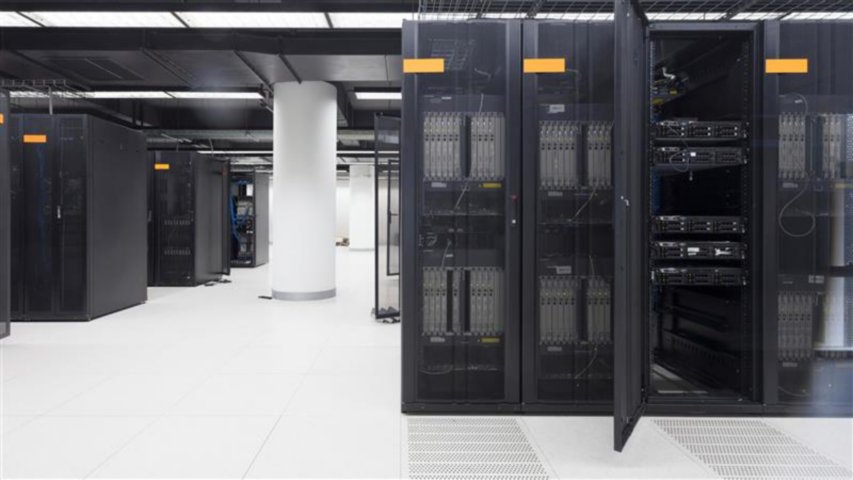This global program started in 2015 with a pilot that focused on a single connected machine. We began to remotely monitor an African-based mining crusher from our engineering facilities in Wisconsin. Because this was our first IoT program in mining, our approach was to start small and then use the results to decide whether to expand the program more broadly.
The benefits of the connected machine became quickly apparent. Almost immediately we were able to use the data collected to identify opportunities to improve both performance and reliability. At the conclusion of the pilot, we had the results we needed to move forward with confidence and launch a global IoT platform.
In addition to our own IoT program, we’ve also worked alongside numerous mining companies as they begin to fully embrace IoT. Through these experiences we’ve identified a few practical lessons learned that will hopefully help guide your own IoT journey.
Have a Clear Goal in Mind
When planning an IoT program it is critical that you define a particular problem you’re trying to address and set goals aimed at solving it. In our experience, IoT programs that ultimately gain broad organizational acceptance are those that focus initially on specific use cases.
For example, you might set a goal specific to maximizing uptime among bottleneck machines. Or perhaps your crushers are experiencing specific challenging conditions such as processing wet ore or being mostly trickle fed, that require tailored solutions.
Then consider what types of data can be collected and analyzed to help meet the goal and define KPIs to align. Remember, data can be collected from virtually any aspect of a connected mines operations, so think creatively about where and how it could be used to make desired improvements.
Use Data-Driven Decision Making
For many operators, an IoT program necessitates a move to a new way of making decisions – one that is based on data.
This often requires setting up new operational procedures to ensure data is being effectively shared with the field and properly acted upon.
In addition to new processes, a significant shift in mindset is often needed as well. Maintenance technicians, for example, may be accustomed to making decisions about asset health based on historical performance or intuition.
Now, they’ll need to use data as a guide instead. Be prepared to offer training as needed to ease the transition.
Don’t Expect Data Alone to Solve Anything
When deploying an IoT solution, the technology itself is only half the equation. Your teams can have all the data and dashboards in the world at their fingertips, but it is useless without the appropriate people in place to draw insights and take appropriate action.
You need service-focused people – whether that’s employees or a trusted partner – reviewing the data and making sure necessary steps are taken to act upon it when needed. A sensor can identify that a bearing is going to fail, but someone has to be there to make sure it gets into the maintenance plan and gets changed.
Start Small and Think Big
At Metso, our IoT program began with one machine. Our goal was to determine whether this connected machine could give us better insight into the customers’ maintenance needs, thus allowing us -- as an OEM -- to provide a better service.



